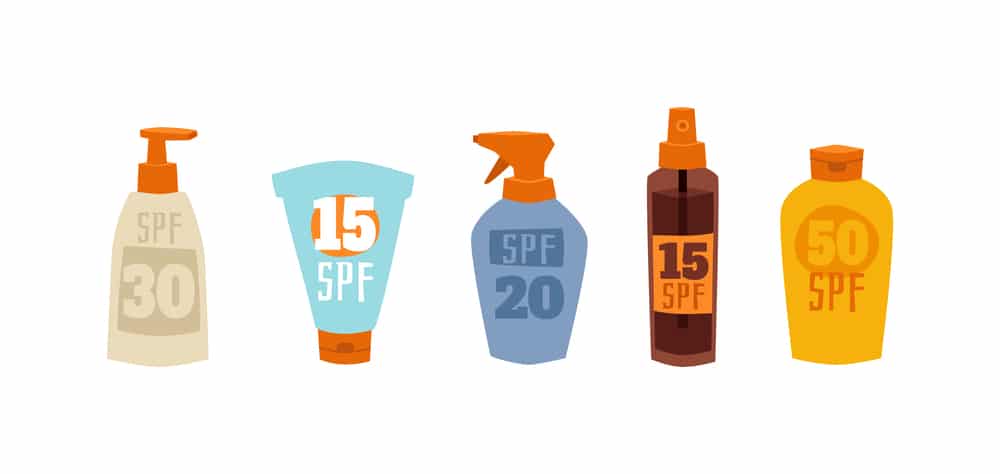Are you enjoying your day at the beach, soaking in the glorious Summer sun, bathing in those UVA and UVB ultraviolet rays that turn your skin a luxuriant bronze tan? I’m sure that you prepared for your day in the sun with plenty of water or other hydrating liquids, loose fitting, light colored clothing, a beach umbrella, a floppy hat and that most important of all necessities, your broad spectrum sunscreen with an SPF rating of at least 15 SPF.
If you applied your sunscreen properly, you probably used about one quarter of a four-ounce bottle, depending on your body size. We know that you will remember to re-apply it every two hours for maximum effectiveness. Ready, set, go! Now get out there and enjoy the sun, secure in the knowledge that you have done everything necessary to protect yourself from over-exposure to the sun.
But, did you really? Was there anything that you could have missed. What precautions did you overlook? What about the expiration date? That’s right. Chemical reactions take place when products expire. Milk becomes sour. Food becomes inedible.
Expired drugs that were originally prescribed to treat a medical condition can have dangerous consequences if they are taken after their expiration dates. The chemical reactions that take place can create an entirely different, even toxic product.
The same thing can apply to your sunscreen, the product that you are relying on for your protection from the sun. Sunscreens, typically, retain their effectiveness for up to three years. They are actually tested in their original containers for three months periodically. Because of the leaching effect of their plastic containers, over time, it is recommended that all sunscreen containers be opaque.
Three months of testing in a controlled environment with a constant humidity equates to three years of your daily use of that same bottle of sunscreen. Changes in the molecular structure of the chemicals in sunscreens can reduce their ultraviolet radiation protection over time, even when they are kept in their recommended opaque containers. Don’t ever use sunscreens after their expiration date.
Not all sunscreens are properly labeled with an expiration date by their manufacturers, but there is a good rule of thumb that you can follow. Write the date of purchase on any non-labeled sun screen in a highly visible place on each container. Be sure that it is written in indelible ink so that moisture and constant rubbing does not remove the date. Discard any sunscreen that you have labeled that is passed the expiration date that you wrote.
The expiration date on your sunscreen was not the result of an accidental, haphazard guess. It is based on solid, scientific research. It is recommended that all sunscreen only be used prior to their expiration date because possible chemical changes can affect not only the texture of your sunscreen product but its stability and ability to fully protect you from damaging UVA and UVB rays as well.
There are fifteen organic ingredients in your chemical sunscreen that work by absorbing the damaging effects of ultraviolet radiation. Interestingly, they consist of unstable molecules and, in addition to their active compounds, can also contain preservatives, emulsifiers, fragrances and other additives.
The day is young and the beach is calling. If you took all of your common sense precautions and most importantly, checked the expiration date of your sunscreen, you have nothing to spoil your fun in the sun. Your tan is calling. Now get out there and enjoy!







